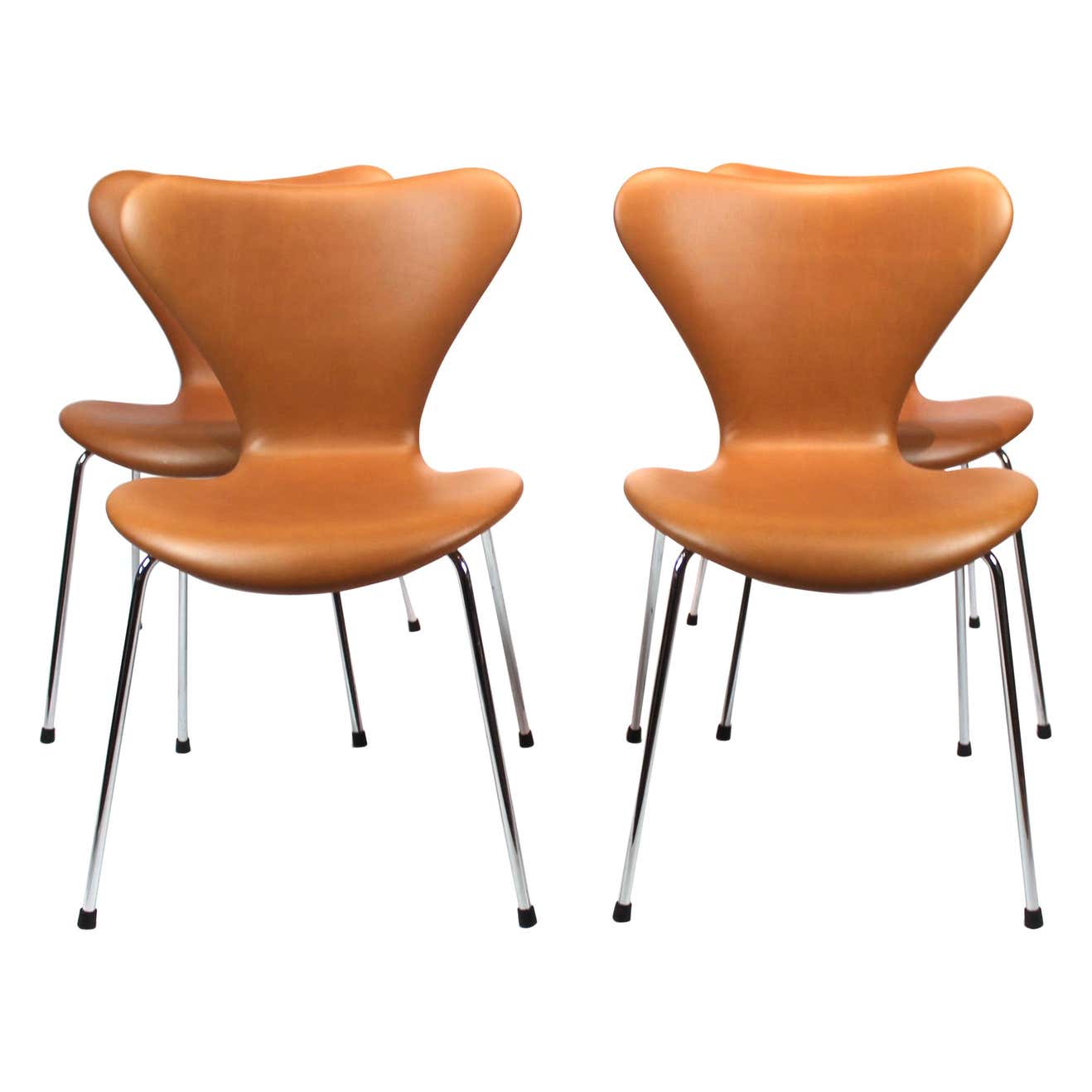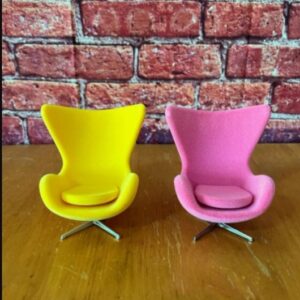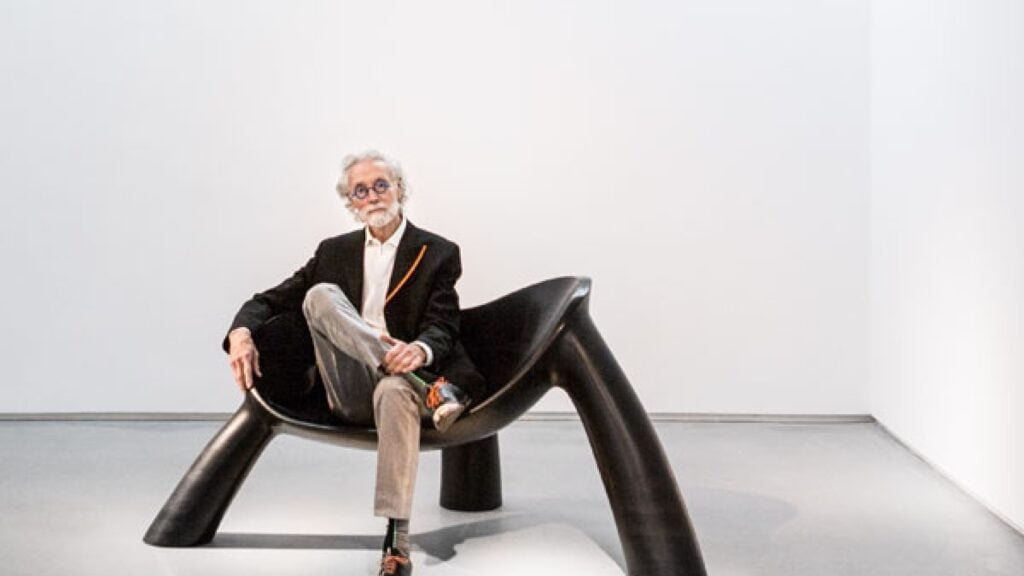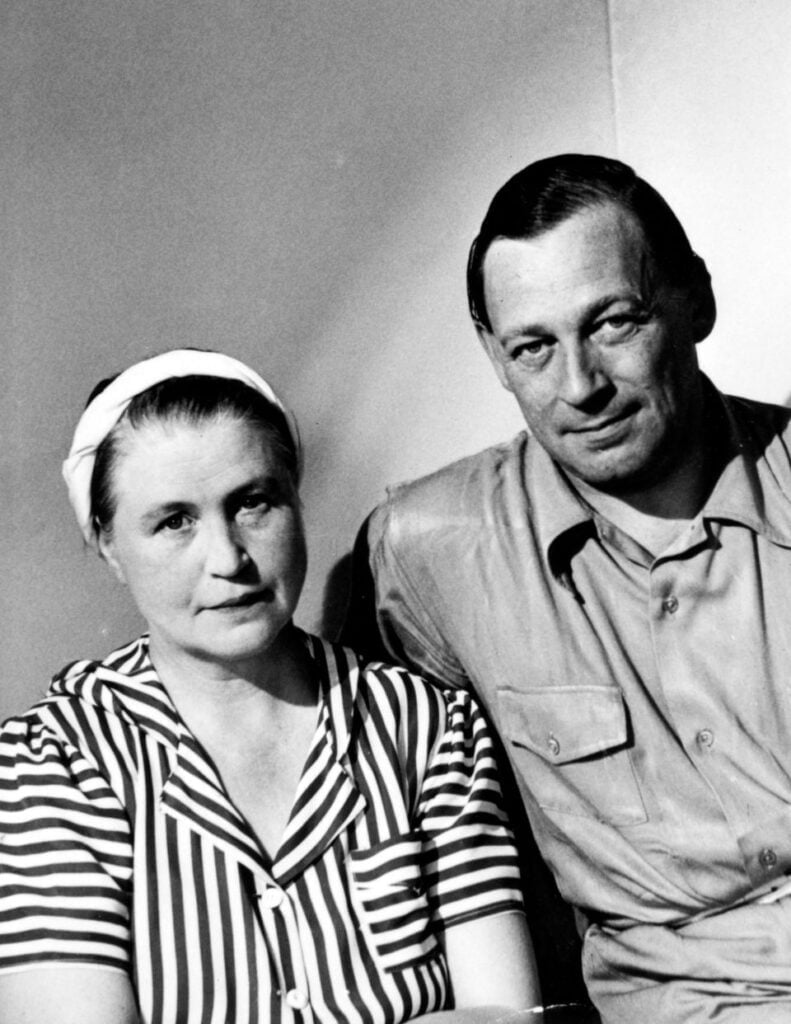Fritz Hansen
Fritz Hansen
designer
Founded in Copenhagen, Denmark in 1872
Fritz Hansen, also known as the Republic of Fritz Hansen, is a Danish furniture manufacturer that became known for the production of designs by Danish designers such as Arne Jacobsen, Hans J. Wegener or Børge Mogensen. The company is based in Allerød.
Fritz Hansen was specialized in woodturning and the production of wooden and iron frames for upholstered furniture. 1915 Hansens’ son, Christian, modernized the carpentry workshop, introducing mass production. Thanks to these new industrial manufacturing methods, the company was able to expand activities in the 1920s.
In 1932 Christians’ sons Fritz and Saren joined the company. They initiated a gradual modernization of the product range with designs such as Søren Hansen’s DAN (1930) – a discreetly updated coffee house chair in the style of Thonet. In the 1930s, Hansen also produced a large number of other furniture made from bentwood and tubular steel, characterized by the style of modernism, based on designs by the architects Heilmann Sevaldsen, Fritz Schlegel (1896-1965), and Kaare Klint.
In the late 1940s, the company began producing Hans Wegners’ furniture, including his Chinese Chair No. 1 (1944), which was inspired by the illustration of an antique Chinese chair. This Wegner chair was the further development of an existing model and a modern, high-quality adaptation that enabled series production.
Other important pieces of furniture manufactured by Fritz Hansen in the late 1940s were a beechwood armchair by Ove Boldt ( a reinterpretation of the traditional Windsor chair), an upholstered beech armchair by Søren Hansen, and a beechwood sofa with fold-down side parts by Børge Mogensen.
In 1950, the legendary AX chair series made of molded plywood, designed by Peter Hvidt and Orla Mølgaard-Nielsen, was also developed and manufactured by Fritz Hansen. With this, the company took an essential step towards a more modern design language.
From 1951 to 1952, Arne Jacobsen designed the stacking chair Myren (ant) for Fritz Hansen. Its shell seats made of plywood and leg construction made of tubular steel represented a masterpiece in the art of simplification. With its narrow waist and curvy shapes, this chair achieved cult status as an icon of the New Look in the 1950s.
This design was followed in 1955 by the even more successful Series 7 chair collection, which was also constructed from plywood and tubular steel and was ideally suited for large-scale industrial production. In the late 1950s, Fritz Hansen produced the trend-setting armchairs Swan and Egg by Arne Jacobsen (1958). These hugely popular designs not only anticipated the futuristic shapes of the 1960s, but they were also among the first pieces of seating that were designed to take advantage of the potential of latex foam. The furniture designers who worked with this new material benefited from the creative freedom that came with it. Chairs and armchairs with cold foam upholstery no longer required suspension, so their shapes could be made much more plastic, and their visual appearance could be made more uniform at the same time.
A decade after Fritz Hansen launched these armchairs, the company commissioned Piet Hein and Bruno Mathsson to develop a group of tables to complement Jacobsens’ earlier chairs from the Myren and 7 Series. The tables’ design from 1968 was based on Hein’s mathematical concept of the “Superellipse” – a shape that is located between the rectangle and the oval.
In 1974, Fritz Hansen also started the production of the unusual 1: 2-3 chair series by Verner Panton.
After being family-owned for four generations, the company was finally taken over by the Skandinavisk Holding Company. Fritz Hansen continues to produce his furniture classics by Arne Jacobsen and Poul Kjærholm, but also a collection of contemporary objects by Alfred Homann, Pelikan Design and others. In its long and extremely productive history, Fritz Hansen has always made a crucial contribution to the reputation of the Scandinavian style.
Fritz Hansen continues to pursue a timelessly modern design approach. The main focus is “the combination of concept, form, function, and quality, inspired by technological developments, but never by fads or fleeting moods.”











